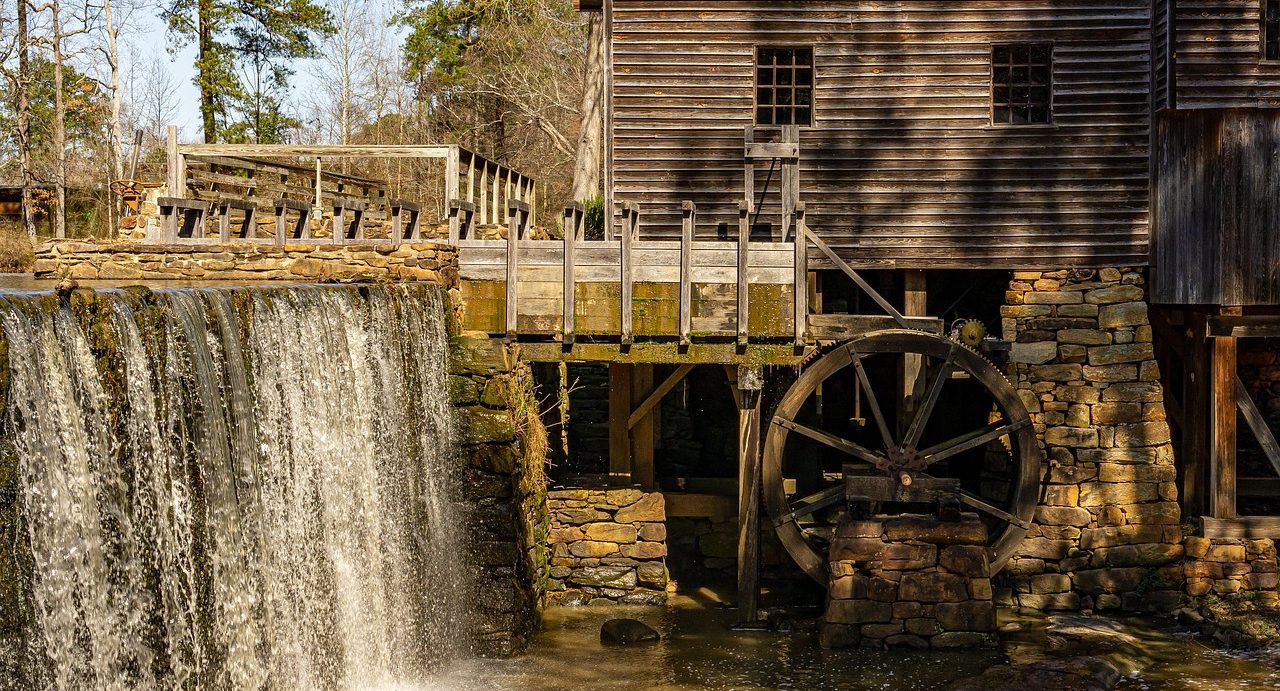Historians and economists think differently. Historians tend to be self-effacing and tentative; economists are bold.
Let me illustrate this by a statement from a historian introducing a modern way of looking at the Black Death: The new microbiology . . . opens up entirely new questions, ones we did not previously know we needed to ask.”[1]
Notice: . . . opens up entirely new questions . . . not answers.
The following statement is from two path-breaking economists. “This book explains that unique historical achievement, the rise of the Western World.”[2]
Notice: This book explains . . .
Do you see the difference? One asks questions, one asserts.
Sometimes I feel as though historians are like cats pawing on the upholstery, continually batting away at a tiny corner of the world for reasons I can’t quite figure out. (A more positive way of saying it would be that they are painstakingly lifting every stone and examining every facet.)
But then economists (those who are interested in history, at least) barge in with answers—all the answers. If I seem to favor economists in this post, be sure to look at a previous one about why some parts of Europe became Protestant and others remained Catholic.
Both professions do detailed work when they study the past. In my view, the big difference is that economists work on the theories, historians on the details.
An effort to bridge the two disciplines has a rocky history (people who know more about this, I welcome your comments). The effort is called cliometrics, which means measuring history—and its practitioners use theory and statistical techniques to better understand history.
Cliometrics probably reached its heyday in the 1990s. Two problems damaged it. First, historians never fully got on board, so cliometricians are overwhelmingly economists. And then economic history lost some of the glamour within its own profession, as economics became increasingly mathematical, studying “panel regression estimators” and “sample selection models with monotone control functions.”
But for a brief time, there was a symbiosis between historians and economists. I discovered that when I was studying the Middle Ages. I was investigating a dispute over whether primogeniture (inheritance by the firstborn) could explain the existence of “open” or common fields in England.
As I was looking into this topic I came across a stunning article published in 1989.[3] Economist Deirdre McCloskey (then D. N. McCloskey) addressed head-on a problem that many historians had wrestled with but failed to fully resolve: Why were the open fields (typically the land of a manor) sprinkled with private fields? Typically, any tenant of the manor had widely separated plots. Why hadn’t those plots been consolidated?
It was clearly inefficient for a medieval farmer to go from plot to plot (having to walk to get there and possibly having to borrow a plow). So how did this strange layout happen, and why hadn’t it changed to larger contiguous plots?
McCloskey’s article is extremely detailed and analytical—something historians like. For example, to measure the inefficiency of this situation, she compares the value of land before and after it was enclosed, a very complicated matter since she had to use figures from a period later than the Middle Ages. Enclosure made the land about 10 percent more efficient, she found. And her paper has a lot of other measurements (it’s very “cliometric” and is the product of more than a decade of research). But she also had a theory, one that was borne out by the evidence.
Scattered plots of land were risk insurance. At a time when crop failure could cause famine, it was better (more efficient) to have scattered plots in spite of their inconvenience. The plots often differed in soil and microclimate, but even when they were similar, simply by being some distance from one another, one plot could miss a blight or hail that another would experience.
So the inconvenience was outweighed by the insurance against disaster. History and economics, beautifully wed.
Notes (Comments follow the notes.)
[1] Monica H. Green, “Taking ‘Pandemic’ Seriously: Making the Black Death Global,” Medieval Globe, no. 1 (2014): 27-61, at 29
[2] Douglass C. North and Robert Paul Thomas, The Rise of the Western World: A New Economic History (Cambridge: Cambridge University Press, 1973). 1.
[3] D. N. McCloskey, “The Open Fields of England: Rent, Risk, and the Rate of Interest, 1300-1815,” in David W. Galenson, Markets in History: Economic Studies of the Past (Cambridge: Cambridge University Press, 1989), 5-51.


Complex spatio/temporal risk aversive agricultural practices in the Sahel of Africa respond to uncertainty of precipitation (on-set, periodicity, amount) due to highly variable pressure systems. These are manifested in wet and dry crop selection (e.g. rice vs. groundnuts), elevated fields versus stream-side locations, and land rent, not to mention interest rates for loans to purchase seed and agricultural equipment.